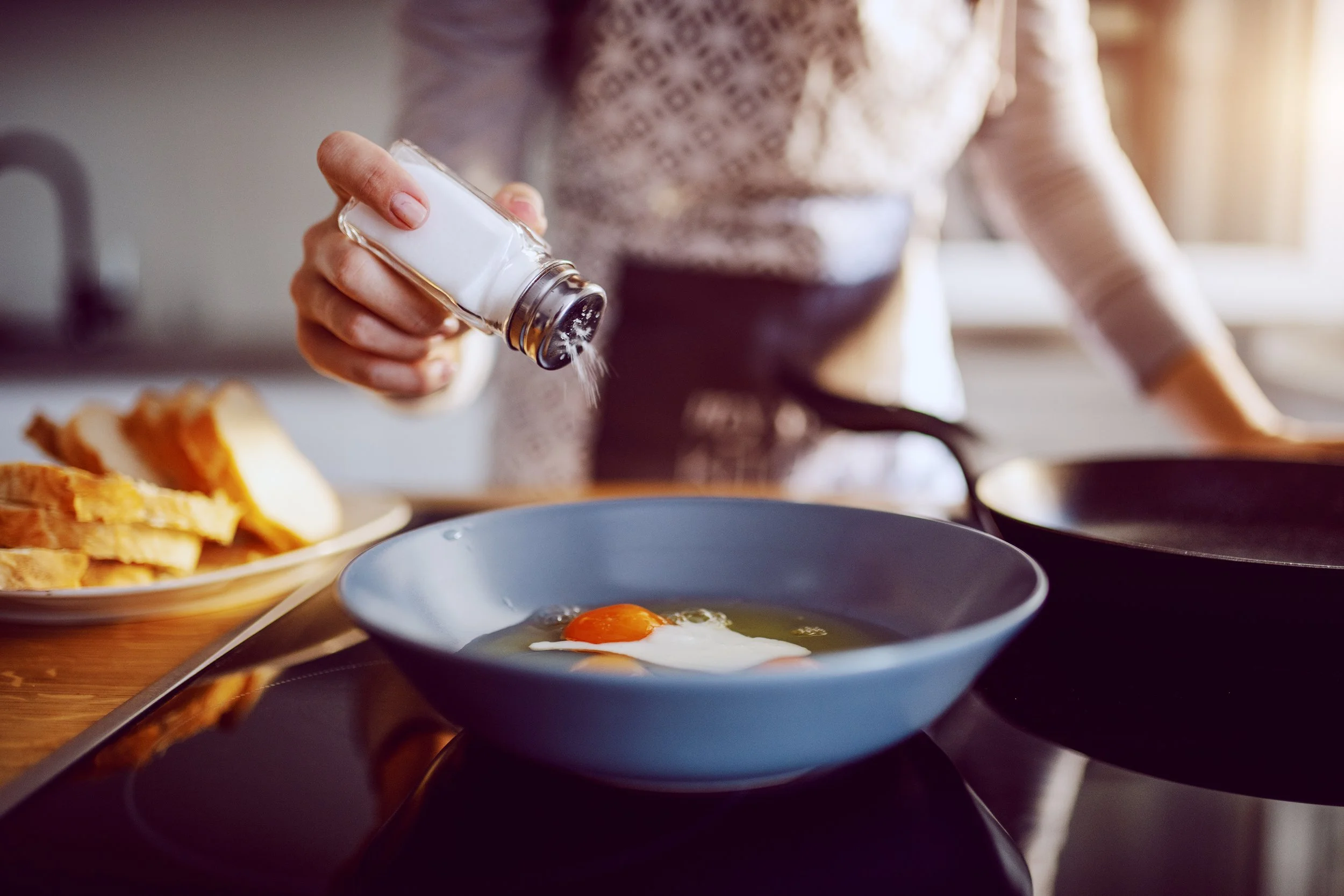Tips to Reduce Sodium Intake
Sodium is an important nutrient that helps your body regulate fluids and maintain normal nerve and muscle function. However, too much sodium can lead to increased risk of high blood pressure, among other health complications. Thankfully, there are several simple steps you can take to lower the amount of sodium in your diet.
Reading Labels
The first step to reducing sodium intake is becoming a label reader. Most processed foods contain high levels of sodium. Check the nutrition facts panel on products before you purchase them for information about the amount of sodium per serving. If it contains more than 200 milligrams of sodium per serving, opt for a low-sodium alternative or find a recipe to make it from scratch at home.
Limit or eliminate processed foods
Processed foods like frozen dinners, canned soups, and pre-packaged snacks tend to have high levels of salt because they must be preserved for longer shelf life. Therefore, limiting or eliminating processed foods from your diet is an easy way to significantly reduce the amount of sodium you consume without sacrificing flavor or convenience.
Choose fresh foods instead
Swapping out processed foods with fresh fruits and vegetables is one of the best ways to eliminate unnecessary salt from your diet. However, if you do choose canned fruits and vegetables, make sure they are packed in water instead of brine or sauce which contain added salt. Additionally, when cooking with fresh ingredients, be mindful of the amounts of salt you use when seasoning dishes. It's best to use herbs for flavor instead of relying on table salt.
Snack smartly
Snacks are an important part of any balanced diet but many popular snack foods are loaded with sodium. Try making homemade snacks such as trail mix using unsalted nuts and dried fruit or hummus with raw vegetables instead. This way you can control the amount of sodium that goes into each snack while still getting all the flavor and satisfaction you crave.
Drink plenty of water and other fluids each day
Staying hydrated is an important part of managing blood sodium levels. It helps reduce salt retention and lowers the risk of other health issues. Be sure to drink half of your body weight in ounces each day to stay hydrated.
Make your own soup or salad dressing at home
Creating your own soup or salad dressing at home can be a quick and health-conscious way to lower sodium levels. Cooking from scratch helps to ensure that you, as the consumer, know exactly what ingredients are going into your food.
Reducing your daily intake of sodium is not as difficult as it may seem. By reading labels carefully and choosing fresh ingredients over processed ones, you can easily lower your sodium levels without sacrificing flavor or satisfaction.

